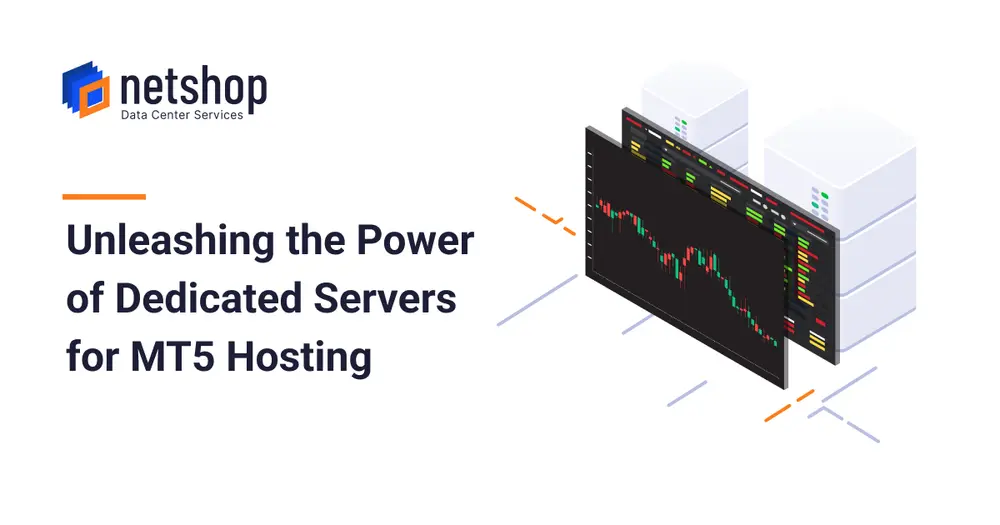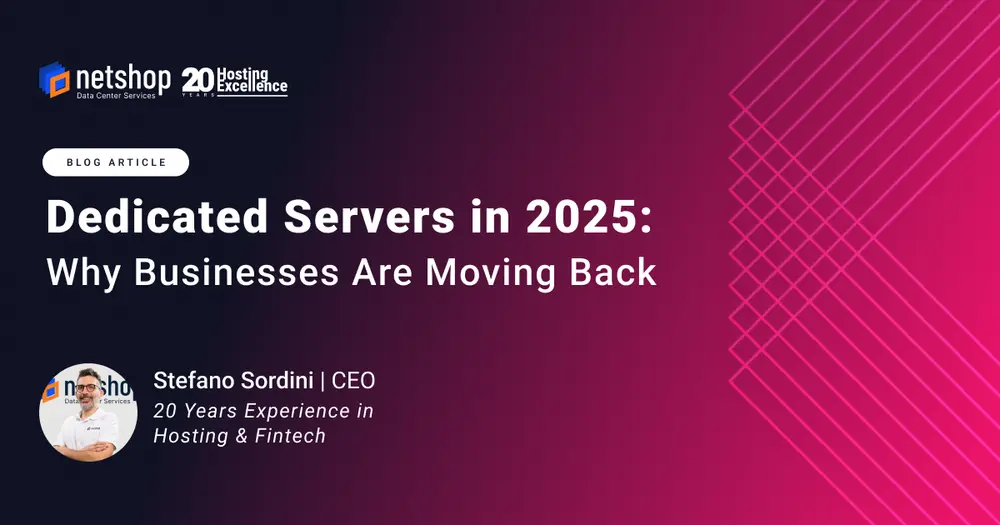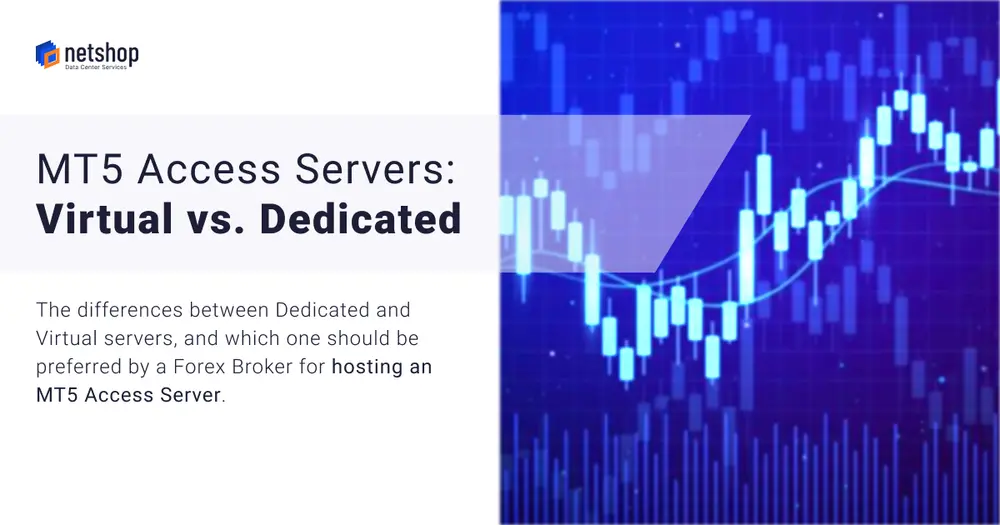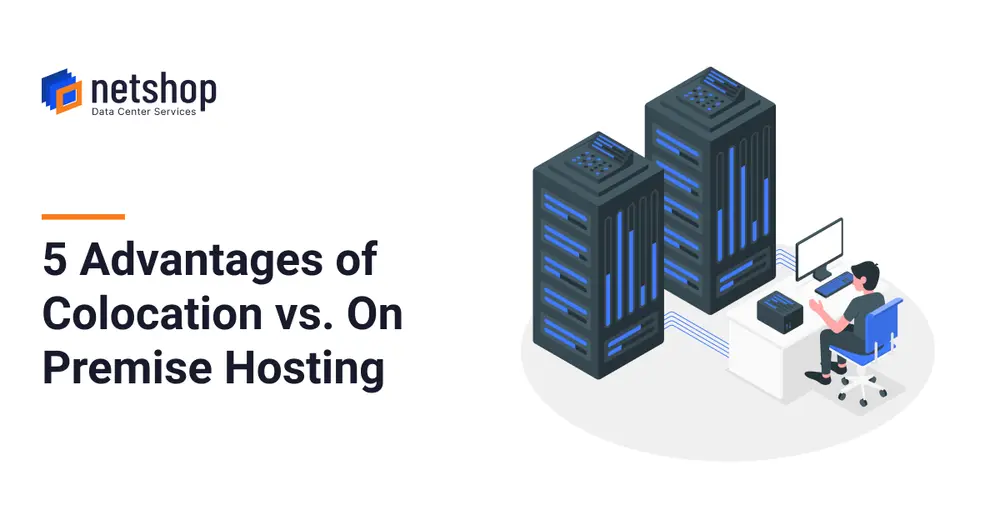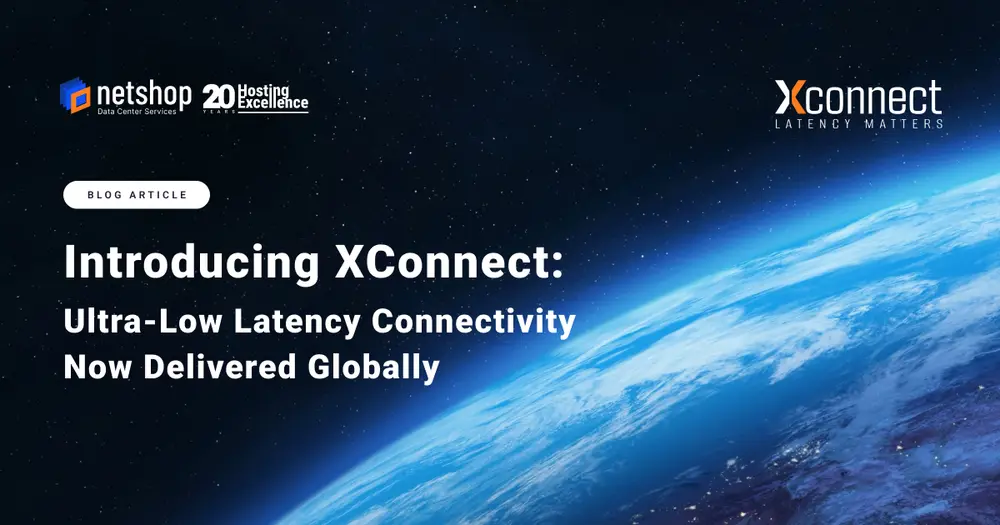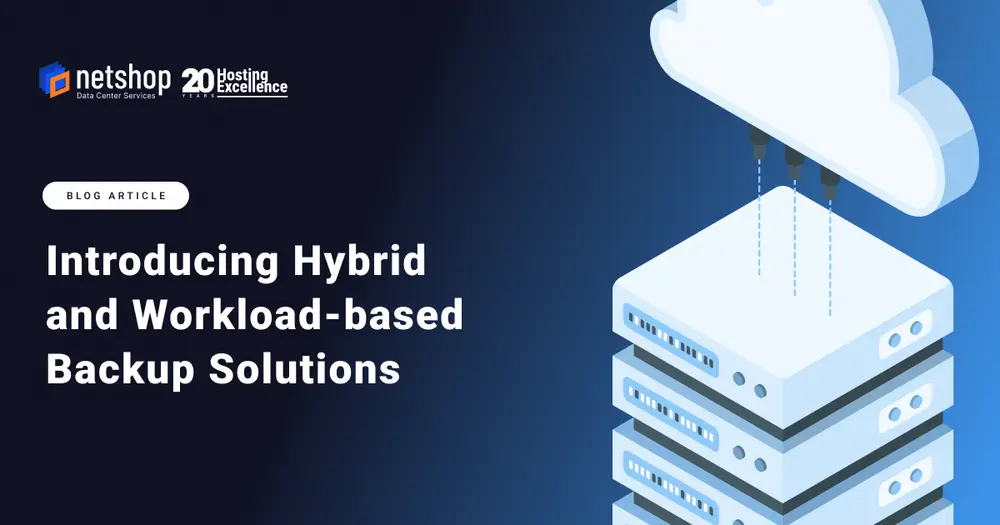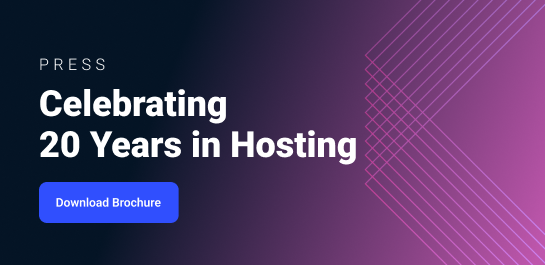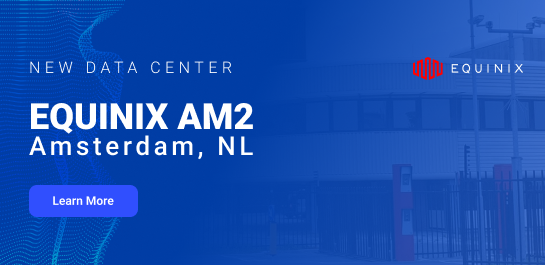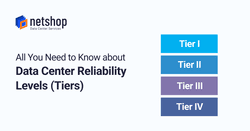When choosing a facility to house your data, it’s crucial that you opt for a data center that’s both high performance and secure. Whether you’re deploying a dedicated server, VPS or opting for colocation, Data Center Tiers are something you need to take note of. In this article we will break down the four tiers, what each of them entail, and why it matters.
Why Data Center Tiers Matter
Data Center classifications were introduced in the mid 90’s by the independent organization Uptime Institute, with the aim of evaluating a data center’s capabilities in terms of quality and reliability. The ranking system is broken down into four tiers, and are ranked from I to IV, with IV being the best performing.
The tier of a data center indicates how much potential downtime you could expect throughout a year, as well as the facility’s ability to handle any disruptions and its level of security. In order for a data center to be assigned a tier, it must be certified by the Uptime Institute. Ultimately, data center tiers are important as they provide a clear guideline for businesses when deciding on where to store their data.
The Four Data Center Tiers Explained
The Uptime Institute’s Tier certification is determined by certain criteria, and primarily focuses on the following:
- Performance and uptime guarantees
- Carrier and technology neutrality
- Power and cooling infrastructure
- Security levels
- Redundancy levels
Tier I
A Tier 1 Data Center is the lowest ranking and most simple of the four, offering just basic capacity. The uptime level is approximately 99.671%, which could potentially add up to about 29 hours of downtime throughout the year. A Tier 1 data center offers little to no redundancy and you could expect for services to stop completely in the event of maintenance or technical failures. Overall, tier 1 data centers are the least reliable, but most affordable of the four.
Tier II
A small step up from Tier I, a Tier II data center has an uptime of 99.741% with downtime totaling at about 23 hours throughout a year. The biggest difference between tiers I and II is that tier II is comprised of some redundant components (partial N+1), meaning each active piece of equipment has a duplicate on standby, which is reflected in a slightly steeper cost than that of tier I.
Tier III
Unlike tiers I and II, a tier III data center can be maintained without any disruption, with an uptime of 99.982% that totals at about 1.6 hours throughout the year. The heightened reliability of a tier III facility is factored down to its sophisticated infrastructure which includes distributed 2N flows, two power inputs and protection from human errors.
Tier IV
A Tier IV data center offers all of the features of the other tiers and much more. With a 99.995% uptime guarantee that totals at a mere 26 minutes of downtime throughout the year, tier IV facilities provide a maximum level of reliability that is achieved with 2(N + 1) redundancy.
Not only are tier IV data centers protected against all problems associated with human error, but are also designed to withstand natural disasters like floods, earthquakes and power outages. Of course, this level of reliability comes at a cost, making tier IV data centers the most expensive, yet the best performing of the four.
Deploy your Server in World-class Facilities with NetShop ISP
We take the protection of our client’s data very seriously with all of our data centers being Tier III or above. Strategically located in Europe, Asia Pacific and the United States, our global data centers are fully certified and feature the highest standards of redundancy.
For more information or to book your data center tour, visit our website here.
